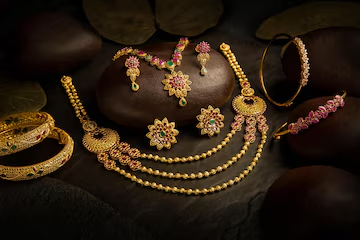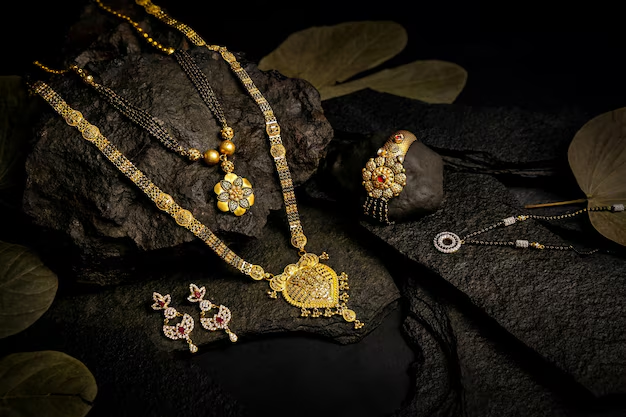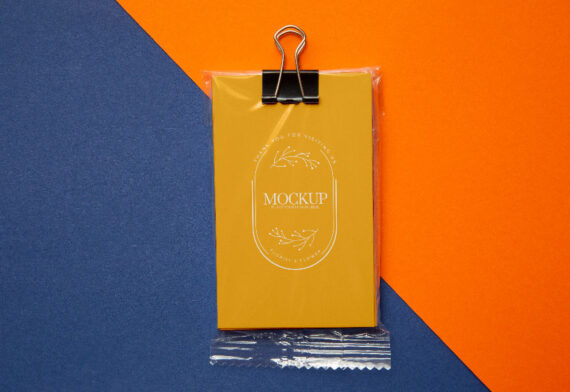
Jewellery has always been more than just an accessory. It is an art form that reflects culture, personal style, and the evolution of human creativity. From ancient civilizations to modern fashion runways, jewellery holds a special place in the lives of individuals worldwide, symbolizing status, love, protection, and beauty.
A Glimpse into the History of Jewellery
The history of jewellery is as old as human civilization. Archaeological discoveries have unearthed jewellery pieces dating back to 100,000 years ago. Early jewellery was made from natural materials like shells, stones, and bones. Over time, as humans advanced in craftsmanship and artistry, precious metals like gold, silver, and platinum began to be used.
In ancient Egypt, jewellery was not just worn for beauty. It was believed to protect the wearer from harm, with amulets and talismans commonly incorporated into pieces. Gold, in particular, was associated with the gods and symbolised immortality. The intricate designs and symbolism of Egyptian jewellery influenced many other cultures.

In ancient Rome and Greece, jewellery symbolized wealth and power. Roman jewellery was often made of gold and decorated with precious stones such as emeralds, rubies, and diamonds. Greek jewellery, on the other hand, was inspired by mythology and often depicted gods, animals, and plants in delicate designs.
Jewellery as a Symbol of Personal Identity
Jewellery has always been closely tied to personal identity. In many cultures, it is used to signify important life events like marriage, birth, or coming of age. The wedding ring, for instance, is a universal symbol of love and commitment. Across different cultures, various forms of jewellery mark different stages of life or social status.
For example, in Indian culture, jewellery plays a crucial role in weddings and religious ceremonies. Each piece has its meaning and significance, with items like the mangalsutra and bangles symbolizing the marital bond and prosperity. In contrast, contemporary Western societies often use jewellery to express individuality, personal achievements, or style preferences.
The Craftsmanship Behind Jewellery
Jewellery is not just about adornment; it’s a craft that requires skill and creativity. Jewellers spend years mastering the art of shaping metals, cutting stones, and designing intricate patterns. The creation process begins with selecting materials, followed by designing and finally, the intricate work of crafting the piece.
Each step in the process demands precision and an eye for detail. Whether it’s a simple silver bracelet or a luxurious diamond necklace, jewellery pieces are the result of hours of dedication and craftsmanship. Today, modern technology, like 3D printing, has expanded the possibilities for jewellery design, making it easier to create more complex and personalized pieces.
Jewellery in Modern Fashion
In today’s world, jewellery has evolved to become an integral part of fashion. Fashion designers often collaborate with jewellers to create unique collections that complement their clothing lines. From statement necklaces to minimalist rings, jewellery has become a way for people to make bold or subtle statements about their personality and style.
While traditional gold and silver remain popular, contemporary designs often incorporate alternative materials such as wood, plastic, or recycled metals. These eco-friendly options are gaining traction as more consumers seek sustainable alternatives in their fashion choices.
Conclusion
Jewellery continues to play a central role in human expression. Whether it’s a treasured family heirloom passed down through generations or a trendy piece that adds flair to an outfit, jewellery holds deep personal and cultural significance. It is a timeless art form that connects the past with the present, blending craftsmanship, tradition, and individual expression.



